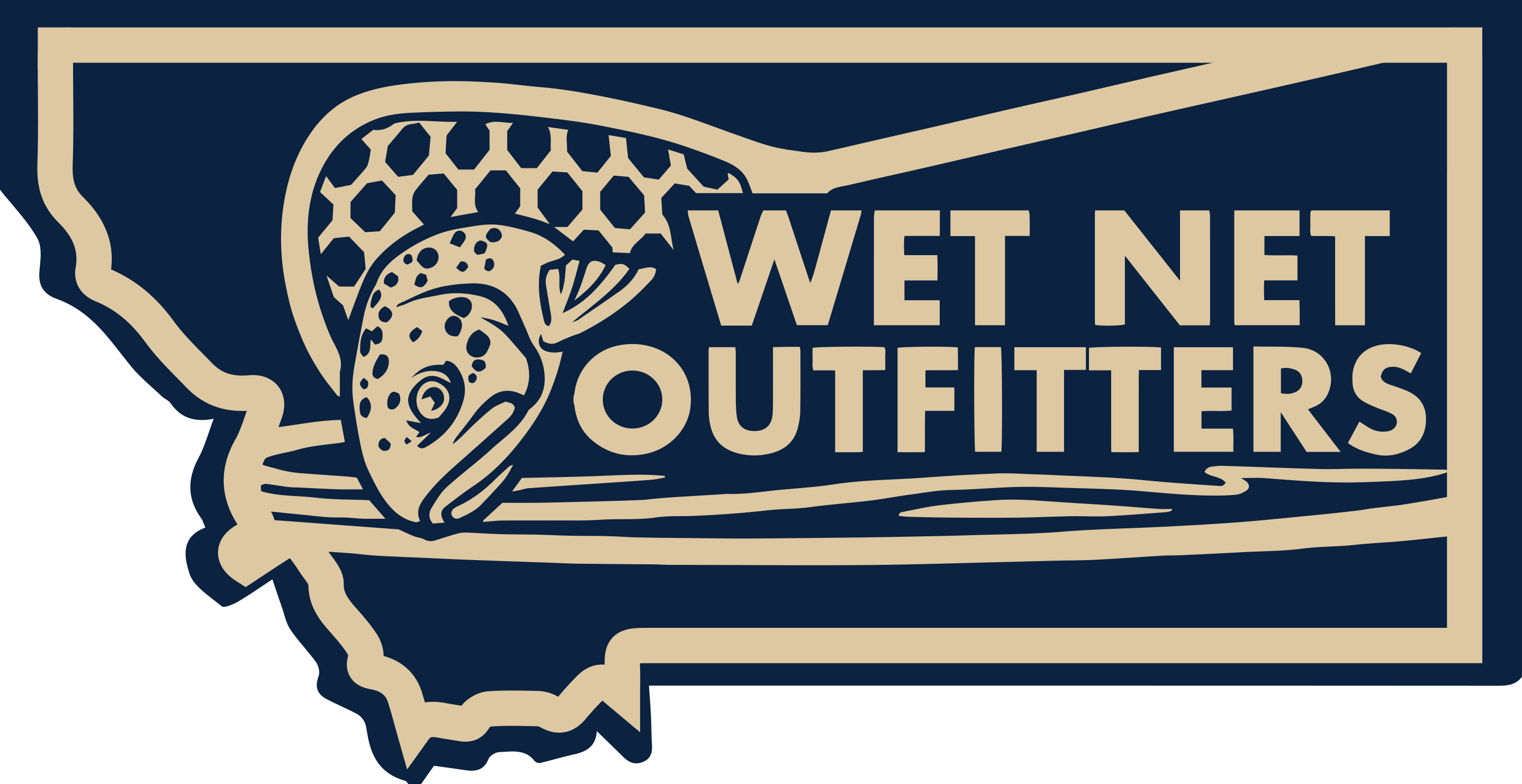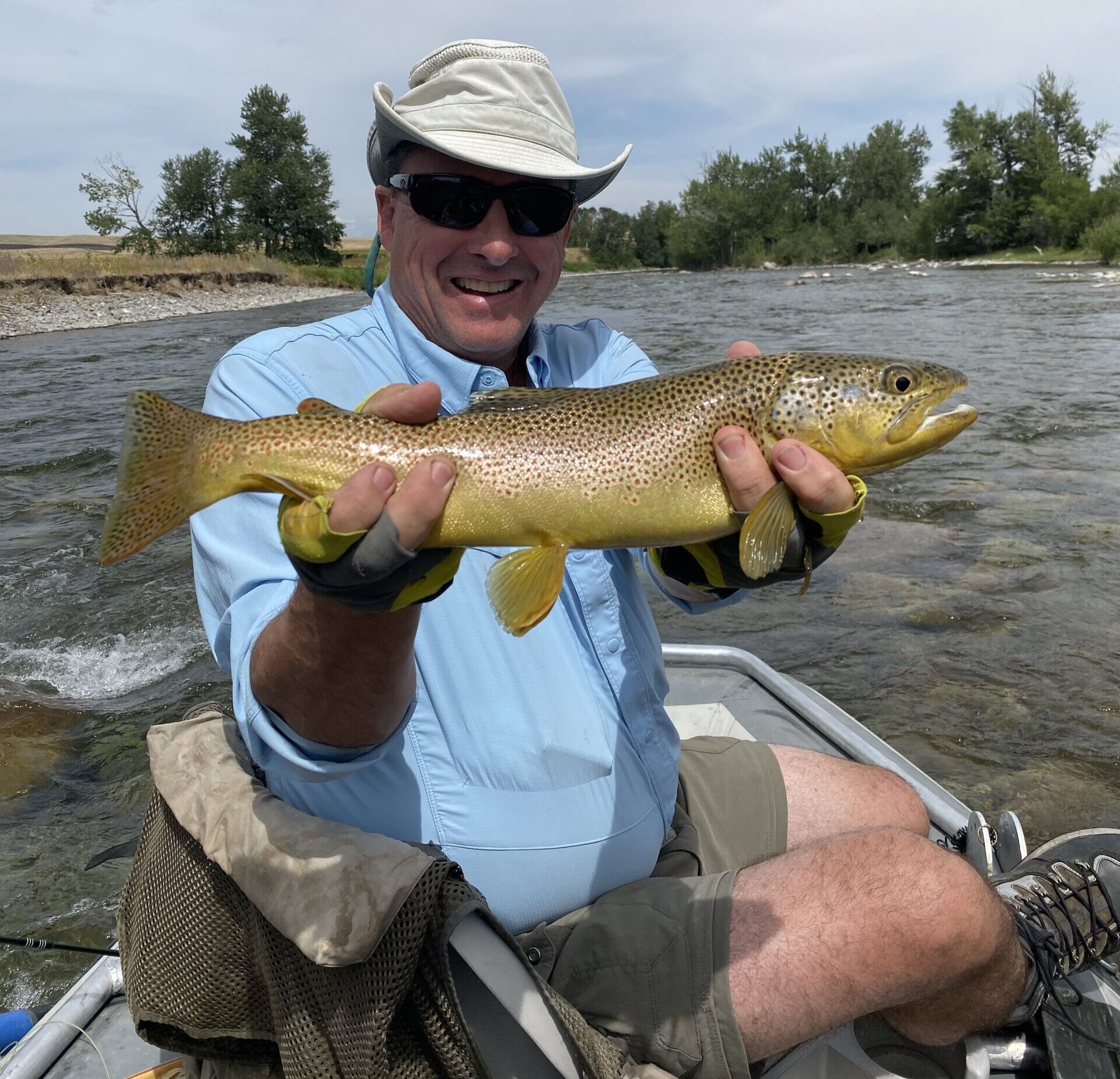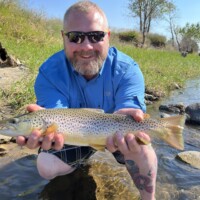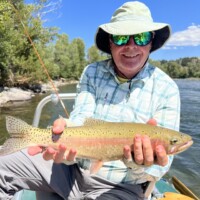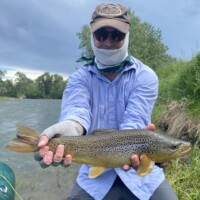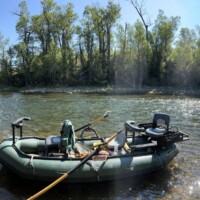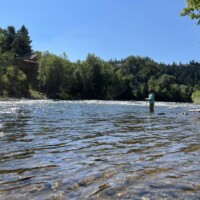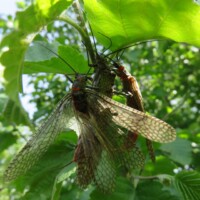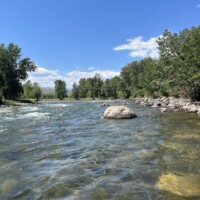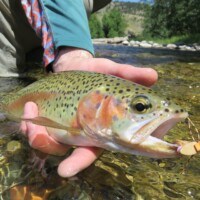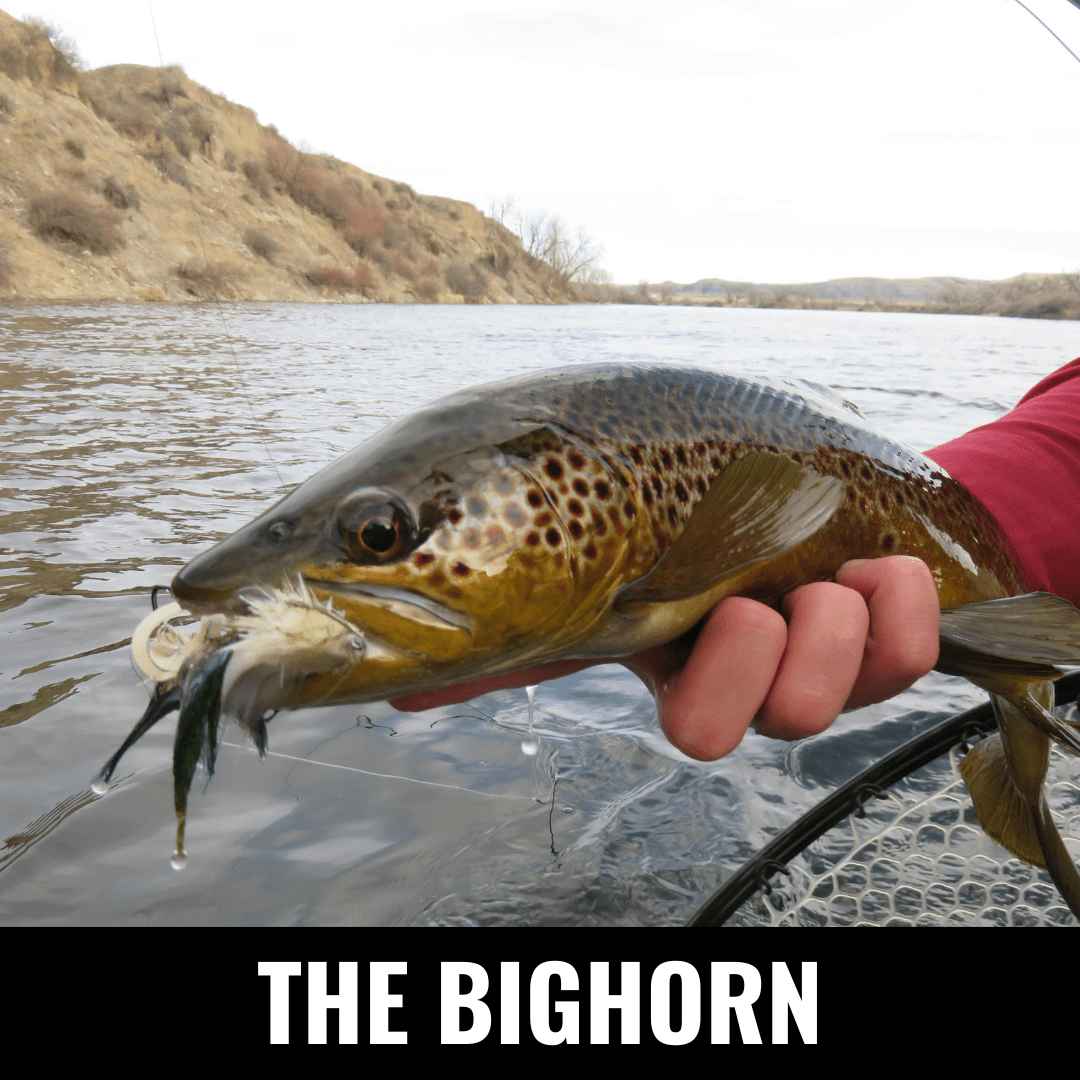Stillwater river montana
Stillwater River Montana Fly Fishing
The Stillwater River is where many of us have our first memories of fly fishing, but if that is not your first memory, perhaps reading this will create a first memory for you. My earliest and most fond memories of fishing as a kid are on the Stillwater River. The river’s football sized cobble creates endless riffles along cut banks that are truncated by beautiful pools replete with well-defined drop offs. As a trout angler, there is nothing that suits my eye and screams, ‘fish’ more than the Stillwater River.
Depending on the flows, the Stillwater offers approximately 30 miles of quality fishing from the boat. The lower river is floatable throughout the early spring, summer, and late fall. Each stretch provides its own individual beauty as the river rolls through cottonwood groves and lush range land.
As a trout angler, there is nothing that suits my eye and screams, ‘fish’ more than the Stillwater River. Fish where others don’t – you’ll be glad you did.
When To Fish The Stillwater River
The earnest fishing season begins in mid to late March. Due to the reduced flows and cool water temperatures, many of the fish are concentrated in the pools. We employ a myriad of subsurface tactics from several European styles of nymphing, to swinging streamers, to conventional nymphing tactics. These early spring days are often the most productive due to large concentrations of fish in the pools, and an increase in population due to a large migration of rainbow trout from the Yellowstone into the Stillwater. As March turns into April the river explodes with life beginning with midge hatches daily, BWO’s on cloudy days, March Browns, and culminating with the Mother’s Day Caddis hatch right before run off.
We are forced off the Stillwater as a result of snowmelt in the surrounding Beartooth Mountain Range and return to the Stillwater in late June or early July for the main event – dry fly fishing. If water conditions cooperate, it begins with salmon flies, if that’s missed due to high flows, we turn our attention to the slightly smaller, but still large, Golden Stone. We see Yellow Sallies, PMD’s and multiple species of caddis that can provide some fun match the hatch fishing. Wade fishing continues throughout the summer season. However, once we see the stonefly bite slow, it’s time to fish hoppers. Yes, hoppers, all day every day. Perhaps the most productive hopper fishery in the state, the Stillwater can provide some of the best attractor dry fly fishing in the West.
In the latter half of September, the terrestrial bite wanes while the fish remain in a cooperative mood. This is the time of year when we see the truly epic number days that the Stillwater, and other Montana rivers, are capable of producing. With water in the mid 50’s, the fish are still highly active and hanging in the “trout” water. This would be the riffles, runs, and pockets that characterize much of the Stillwater River. The water temperatures and river structure provide high value opportunities to wade and float anglers. We see excellent fishing through the end of October, when the wind brings in next season’s water. Dry fly anglers can find late season terrestrial fishing on warmer days, while BWOs and midges dominate the cool cast days.
